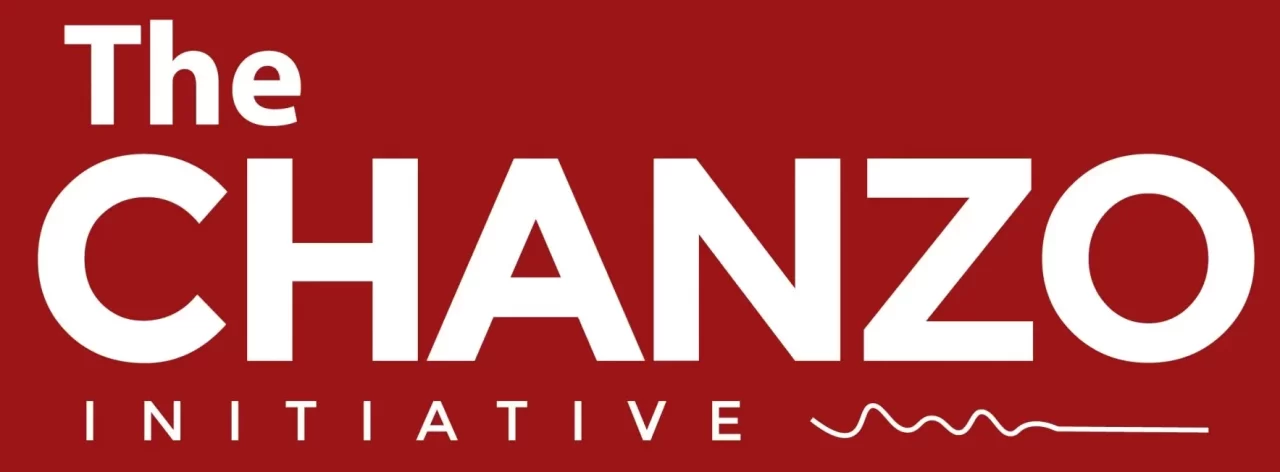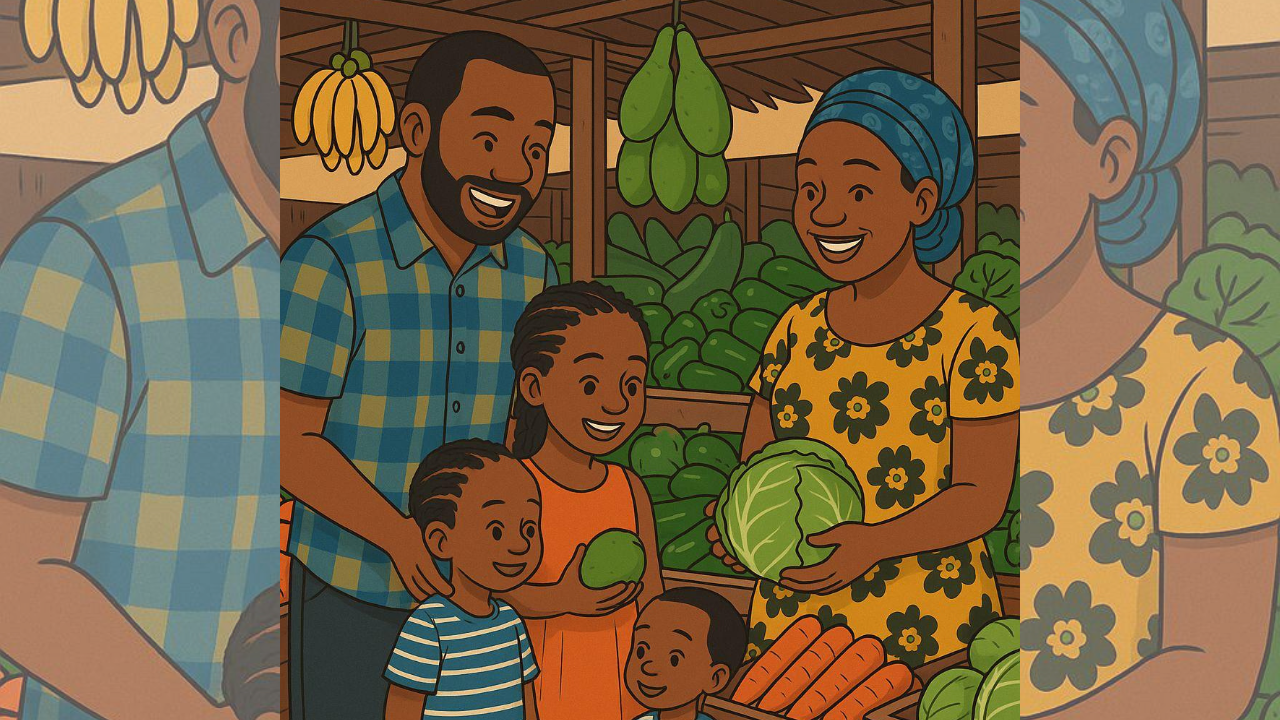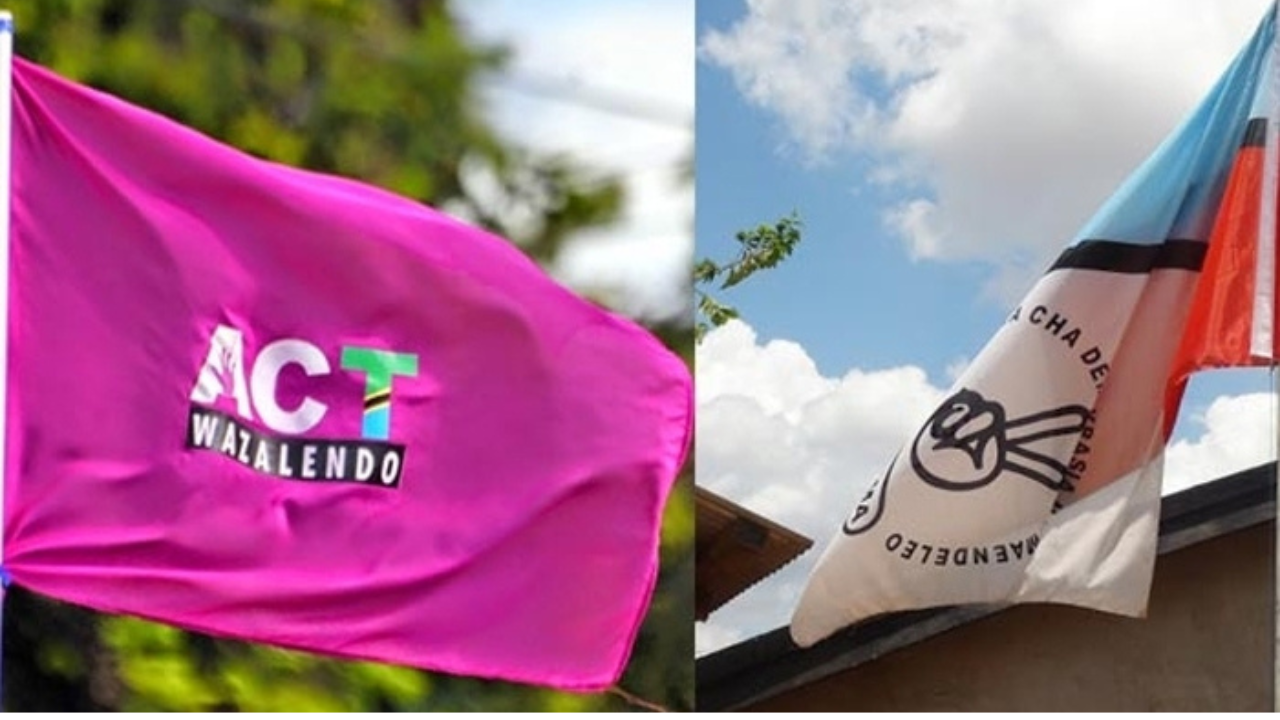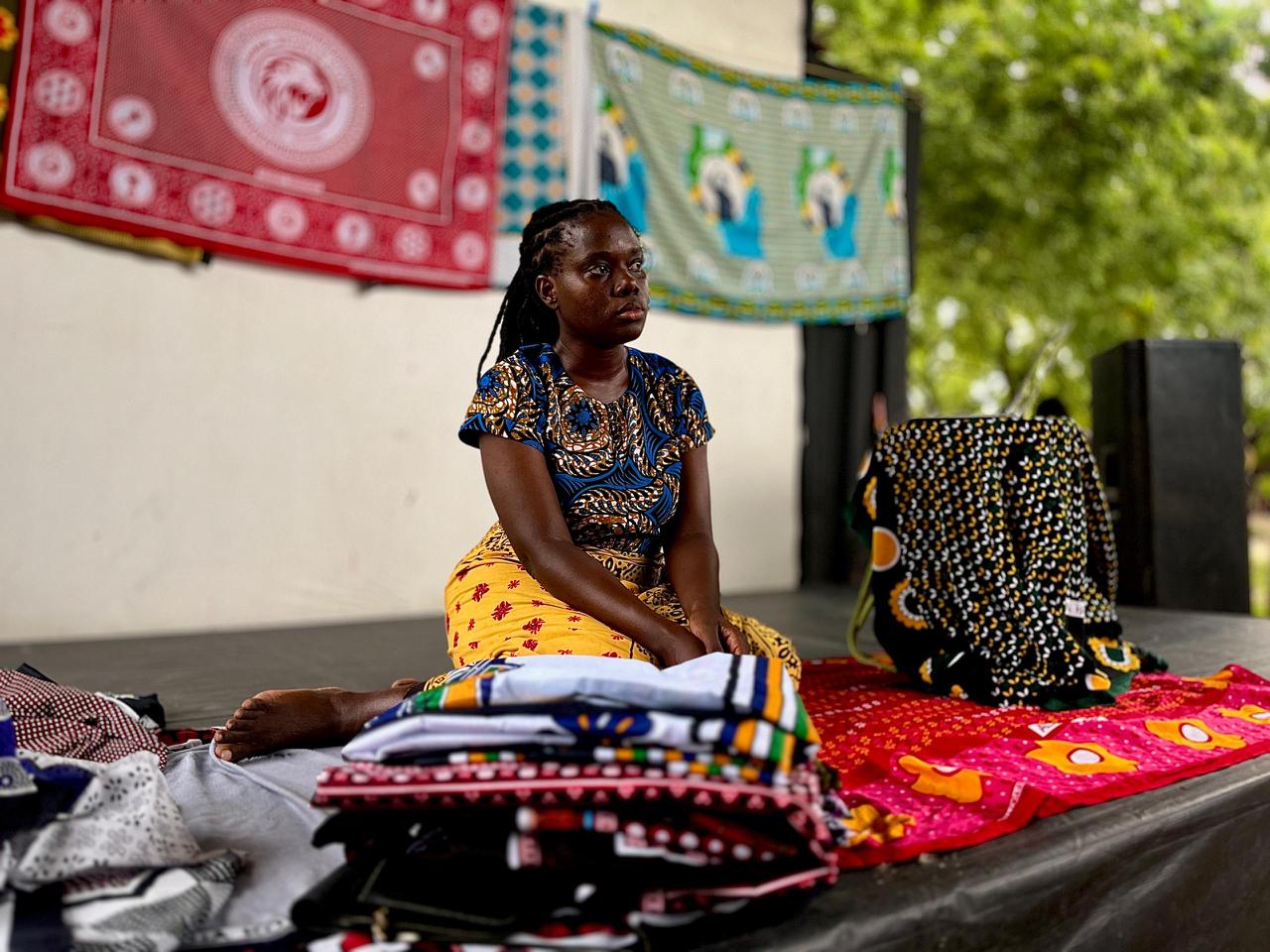My earliest memory of HIV/AIDS comes from the song named Starehe by Ferouz and Professor Jay released almost two decades ago. I was just 8 years old and I can still remember every word of that six-minute-long song. I can confidently say that it remains to be among the most impactful, maybe unintentional, community-led HIV/AIDS awareness campaign to ever exist in Tanzania.
For the majority of Tanzanians and the world at large, the burden of battling against disease outbreaks and pandemics is believed to largely lay on the shoulders of government authorities through healthcare professionals and non-governmental organizations.
I was one among the people who used to believe that until I entered the world of healthcare ecosystem and saw the world through a different view from hospital and community based health interventions.
To many, hearing about HIV/AIDS means HIV testing at the hospital, Care and Treatment Clinic(CTC) attendance and antiretroviral treatment(ART) at the hospital; the work that is done by healthcare providers. Little do many know how much the community plays a huge role in enabling the success of all HIV/AIDS-related interventions, from prevention to treatment.
RELATED CONTENT: HIV/AIDS: Is It Women’s Pandemic or Are Men Just Left Behind?
While the biggest role of the community is following guidelines and advice from healthcare providers to prevent new HIV infections and maintaining good health through adherence to treatment for people living with HIV(PLWHIV), there is so much more that the community do to ensure that Tanzania ends the AIDS epidemic by 2030.
At the core of attaining the goal of having an AIDS-free generation, are the women who are mothers and life givers. An AIDS-free generation is a generation in which all children are born free of HIV and remain so for the first two decades of life, from birth through adolescence.
Prevention of Mother to Child Transmission (PMTCT) services remain to be a major factor behind the reduction of pediatrics HIV/AIDS, and here lies the unsung heroes who have made this intervention successful.
According to the Tanzania Demographic Health Survey(TDHS) report of 2022, 83% of women were tested for HIV during antenatal clinic(ANC) and received results while 88% of women had an HIV test during an ANC visit or labor and received the test results. So, after knowing their HIV status what’s next? If HIV positive, the pregnant mother begins treatment with follow up to prevent the baby from being infected.
With the deficit in healthcare human resources, close follow up can be a challenge especially when it comes to one-on-one follow up; and that’s where the mother champions also known as mentor mothers or peer mothers come to the rescue.
Mother champions, the unsung heroes leading the fight towards AIDS-free generation
Mother champions are women living with HIV who are trained by healthcare providers to become community health workers who provide family centric services in under-resourced health facilities and door-to-door in communities.
The role of mother champions includes home visits to mothers living with HIV, group counseling, HIV pre-testing education, ART adherence followup, follow up on early infant detection of HIV through testing, HIV viral load testing follow up, pick up of ARVs, social assistance to mothers and linking them to healthcare facilities for further management.
In October, 2023 I attended the close up event of the 4 years project called RISE II implemented at Morogoro region by the African NGO called mothers2mothers with funding from PEPFAR and USAID in collaboration with the Ministry of Health Tanzania and Regional and Council Health Management Teams.
The “mentor mothers” model used by mothers2mothers has proved that peer-led models are important in tackling challenges, reaching more people and improving efforts towards ending HIV/AIDS by 2030.
The mothers2mothers Tanzania Country Lead, Mr.Respeace Mgawe presented the key achievements of the project, “In collaboration with healthcare workers and the 34 mentor mothers, we have reached 12,909 pregnant and breastfeeding women and 5,258 HIV-exposed infants and 100% of infants found to be living with HIV were linked into care and initiated on ART.”
Whole numbers don’t lie, the impact of using mother champions to lead the fight to eliminate vertical transmission of HIV/AIDS is reflected in the comparative analytic study done between health facilities that used the mentor mother model and those which did not use that model. The study titled “Reduction in treatment interruptions among mother-baby pairs in PMTCT settings through Mentor Mother Model. A comparative analysis between Mother Champion supported and non-supported Health facilities in Tanzania”,was presented by Mr.Mgawe.
The study included a retrospective analysis of data from the Tanzania Health Management Information System from October 2019 (before implementation of m2m) to September 2022 was conducted, involving 20 PMTCT sites (10 m2m supported and 10 non-m2m supported facilities).
Results showed a decrease in the number of clients with Interruption in Treatment (IIT) in both 12 months and the 24-month follow-up period in m2m supported sites. In m2m supported facilities, the Interruption of treatment decreased from 12% in 2020 to 4% in 2022 in 12 months cohort while in the 24 months cohort, the decrease was from 15% in 2020 to 8% in 2022.
RELATED CONTENT: Tanzania Launches Plan to End HIV, Viral Hepatitis And STI By 2030
In non-m2m supported facilities, the rate of treatment interruption in a 12 month follow cohort increased from 13% in 2020 and 2021 to 15% in 2022 while for 24 months followed up cohort, IIT decreased from 23% in 2020 to 19% in 2022 but remained higher compared to m2m supported facilities.
The decline in IIT in Mother Champion supported facilities suggests that Peer Mentor (Mother Champion) support in PMTCT helped reduce interruptions in treatment, and therefore rolling out The Peer Mother model across the country could help improve retention of mother-baby pairs and promote healthy outcomes for mother and child.
Challenges and the hope to win the fight
During the event, I got a chance to chat with one mother champion whom I would like to keep anonymous. She expressed her gratitude on how her work as a community health worker has help her accept her status, help other mothers to accept their status and prevent their children from being infected.
She has three children and her husband who are all HIV negative. The opportunity has also helped her improve her income and contribute to the daily home expenses including school fees for her children.
But she expressed that as much as she would like to inspire others to open up about their HIV status, the challenge she faces is as old as the disease itself; discrimination. “Villagers know when you wear the uniform that you are a mother champion hence you are living with HIV, this makes our work hard during home visits. Some of the mothers we reach out to ask us to not wear uniforms because they are not ready for others to know their HIV status”, she said.
“Sometimes we are forced to knock even ten doors before knocking the house of the intended client so as to remove suspicion and make the client comfortable. Sometimes we are forced to meet them in the toilet or in the farm where other people cannot see them”, she added.
While these mother champions are working to help the community as part of them, they still are roadblocks that make their work a bit complicated.
As the project was concluded, the mother champions were not left alone to fend for themselves; the 34 mother champions were absorbed to work with another project called USAID Afya Yangu Southern to continue the work of helping mother and baby pairs to end vertical transmission of HIV.
RELATED CONTENT: UNAIDS: We are not on track to end AIDS by 2030 due to inequalities
But the involvement of men in the fight against HIV/AIDS remains crucial but the pace has not been promising. While their catchment area remains narrow, there is a need to integrate and encourage men to attend antenatal clinics with their partners in order to test for HIV and be part of the efforts to attain an AIDS free generation.
We need peer fathers too. We need father champions. We need mentor fathers who will carry the torch together with mentor mothers and lead the fight to end the AIDS epidemic by 2030.
This year’s commemoration of World AIDS Day themed “Let Communities Lead” tallies with the vision of the Ministry of Health by encouraging training and deploying community health workers who are part of the communities they serve to extend primary healthcare services including HIV/AIDS interventions such as HIV testing services, referrals, and health education.
Early this year, Tanzania was named one of the five countries that attained the UNAIDS goal of 95-95-95 and is on track to eliminate AIDS by 2030; this is only possible if we LET COMMUNITIES LEAD the fight against HIV/AIDS epidemic in Tanzania.
Kuduishe Kisowile is a medical doctor and public health commentator based in Dar es Salaam, Tanzania. She is available through kuduzekudu@gmail.com or on X as @Kudu_ze_Kudu. Want to publish in this space? Contact our editors at editor@thechanzo.com for further inquiries.





One Response
The mentor mother model, exemplified by mothers2mothers, is a transformative approach in Tanzania’s fight against HIV/AIDS, demonstrating significant reductions in treatment interruptions among mother-baby pairs and underscoring the pivotal role of peer-led interventions in improving health outcomes.
As unsung heroes, mother champions have really proven indispensable in eliminating vertical transmission of HIV, providing vital support to healthcare systems by ensuring ART adherence, facilitating early infant diagnosis, and fostering community-based solutions that pave the way for an AIDS-free generation by 2030.